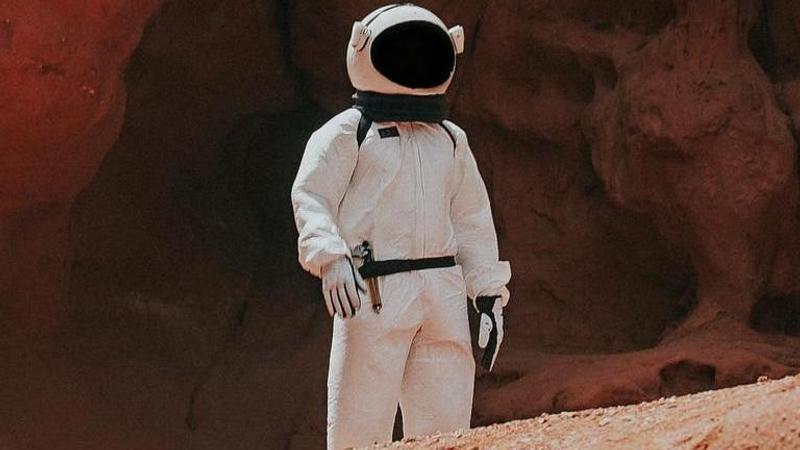Published 18:04 IST, July 30th 2020
What does Mars look like? Here are 5 stunning pictures of the Red Planet
NASA's Mars Perseverance Rover is about to be launched on its onward journey towards the Red Planet. See how Mars looks like in these breathtaking pictures.

NASA is bracing itself for the lift-off of its Mars 2020 Perseverance rovers July 30 at 7:50 a.m. EDT (1150 GMT). The launch is set to take place from Space Launch Complex 41 at Cape Canaveral Air Force Station in Florida. NASA reports suggest that the rover will take about seven months to travel to the Red Planet. So after commencing its onward journey to the red planet on July 30, it will land on the Martian surface on February. 18, 2021. The Mars Perseverance Rover will land in Mars' Jezero Crater to search for signs of life and also explore the planet's geology and much more. Read on to know, “What does Mars look like?” and other mind-blowing facts about the red planet.
Facts about Mars: What does Mars look like?
According to the report on NASA’s official website, Mars is very cold. NASA has reported that the average temperature on Mars is minus 80 degrees Fahrenheit, which is way below freezing point. Mars’s surface is rocky and has a lot of canyons, volcanoes, dry lake beds, and even craters like the moon.
The reason Mars is nicknamed as the Red Planet is that it is covered with dust on most of its surface. Also, the bright rust colour of Mars is derived from the iron-rich minerals in its regolith as well. If we compare this to Earth, the soil on Earth is regolith too, but it is loaded with organic content as well. According to NASA, the iron minerals are responsible for oxidisation or rusting which causes the soil to look red.
NASA reports also suggest that Mars has clouds and wind just like Earth. But, dust storms are rarely common on the Red Planet, as the wind blows the red dust. Sometimes tiny dust storms can look like Earth’s tornados. NASA also claims that large dust storms on Mars can be seen from Earth. And because Mars is one-sixth the size of Earth, large storms sometimes cover the whole planet.
Like Earth, Mars also has Polar Caps. They appear, like finely layered stacks of water ice and dust that extend from the poles to latitudes of about 80 degrees in both Northern and Southern Hemispheres. NASA reports suggest that these polar caps were probably deposited by the atmosphere over long spans of time. These polar ice caps remain frozen year-round. Here are five striking pictures of the red planet.
Source: NASA
Source: NASA
Source: NASA
Source: NASA
Source: NASA
Facts about Mars: What is Mars made up of?
What we know about the Martian Air
According to NASA, the atmosphere of the Martian atmosphere is 95.32 per cent carbon dioxide, followed by 2.7 per cent nitrogen, 1.6 per cent argon, and less than 1 per cent oxygen. There is 0.13 per cent oxygen on Mars, to be precise. There is also 0.08 per cent carbon monoxide, with minor amounts of water, nitrogen oxide, neon, hydrogen-deuterium-oxygen, krypton, and xenon.
What we know about Mars’s Chemical Composition
According to NASA, the Martian core is most timely solid and is composed of iron, nickel, and sulfur. NASA reports also suggest that the mantle of this red planet is probably similar to Earth’s. Its mantle is reported, composed mostly of peridotite, which is made up primarily of silicon, oxygen, iron, and magnesium. The Martian crust is probably largely made of the volcanic rock basalt, which is also common in the crusts of the Earth.
According to the reports of a space portal, scientists believe that on an average, the Martian core is between 1,800 and 2,400 miles in diameter which is 3,000 and 4,000 km, its mantle is about 900 to 1,200 miles which are 5,400 to 7,200 km wide and its crust is about 30 miles which are 50 km thick. One of the most well knows facts about Mars is that it has one-third the gravity of Earth. Experimentally speaking, if a rock is dropped on Mars, it would fall more slowly than a rock falls on Earth.
[Promo Image: Unsplash]
Updated 18:04 IST, July 30th 2020








